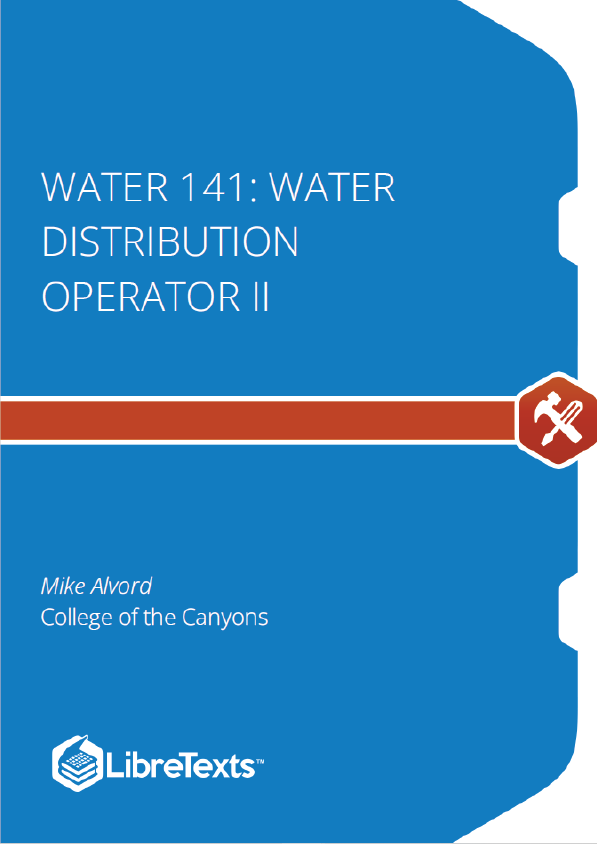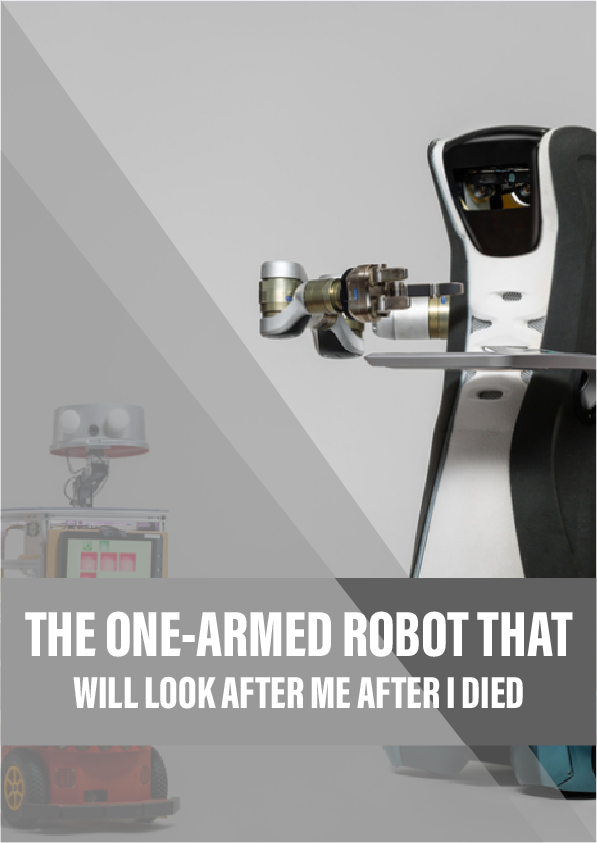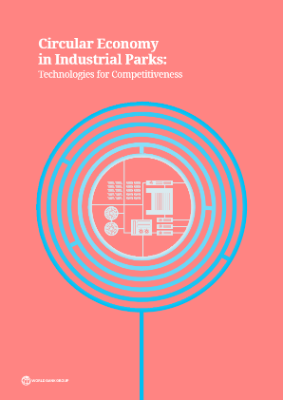This text presents intermediate to advanced principles of water distribution. Assists in preparation for Grade III & IV Water Distribution Operator’s Certificate examination given by the State of California Water Resources Control Board. Filed trips may be required.
In a previous chapter, we discussed the importance and purpose of selecting specific water mains. In some instances, plastic pipe might be a better selection and other times ductile iron pipe might be useful. There are different uses for different types of pipe too. Regardless of the type of pipe selected, all pipe needs to be installed appropriately. The installation process will be discussed in this chapter.
Pipe Shipment
Water utilities need to order pipe from various manufacturers and sometimes the pipe needs to be shipped larger distances. The cost of shipping pipe is typically dependent on the distance the pipe is being transported, the size of the pipe, the weight of the pipe, and the quantity of the pipe being purchased. These variables will also dictate the method the pipe will be transported and will also contribute to the shipping costs. Ultimately, pipes are usually delivered to the water utility by truck. However, depending on the origin of the manufacturing of the pipe it may be transported by train or barge.
Pipe Handling
Once the pipe is delivered to a water utility, it should be properly inspected before it is unloaded from the truck. Even though manufacturers typically have a final inspection process prior to leaving their plant, damage can occur during transport. In addition, the wrong material or size may have been delivered by mistake. Therefore, it is important to inspect the following things prior to the pipe being unloaded:
- Size of pipe and fittings
- Class of pipe and fittings
- Quantity of pipe and fittings
- Condition of pipe and fittings
Any problems observed during unloading should be noted in writing. The driver, shipping company, and manufacturer should all be notified. The unloading process is usually accomplished using some type of equipment. Often times with smaller shipments, the pipe will be strapped to wooden pallets and they can be unloaded from the truck using a forklift. However, with larger shipments or larger size pipe, heavy equipment might be needed. It is important that the pipe not dropped or placed down roughly, Pipes should not be allowed to strike other pipes, the ground or other items. Some pipes are shipped with special coatings and it is important these coatings are in good condition and not damaged. Padded forks on forklifts, rubber hooks, or slings are ways to prevent such damage.
Pipe Storing Once the pipe has been unloaded from the delivery truck, it must be properly stored to prevent damage and contamination. If pipe is stored at job sites or remote locations, protection from vandalism should also be considered. Stockpiles of pipe should be built on a flat base to prevent rolling. If possible, the pipe should be stored off the ground and grouped by size and class. If all different sizes and classes are stored together, it will make it more difficult to transport the pipe to the job site when it is time for construction. It is helpful to lay the pipe by alternating the bell and spigot ends. This allows the pipe to be stored evenly.
Polyvinyl chloride pipe should be stored out of direct sunlight as ultraviolet radiation can damage it. Any pipe that can crack or become damaged by hitting the ground, the height of the stacks of pipe should be limited to no more than three high. It is also prudent to cover the ends of the pipe during storage to prevent rodents or other animals from entering the pipe. Covering the ends also protects against contamination from dirt or other foreign objects. Sometimes covering the ends is not feasible and not critical since part of the installation process includes proper flushing and disinfecting of the pipe before being placed in service.











